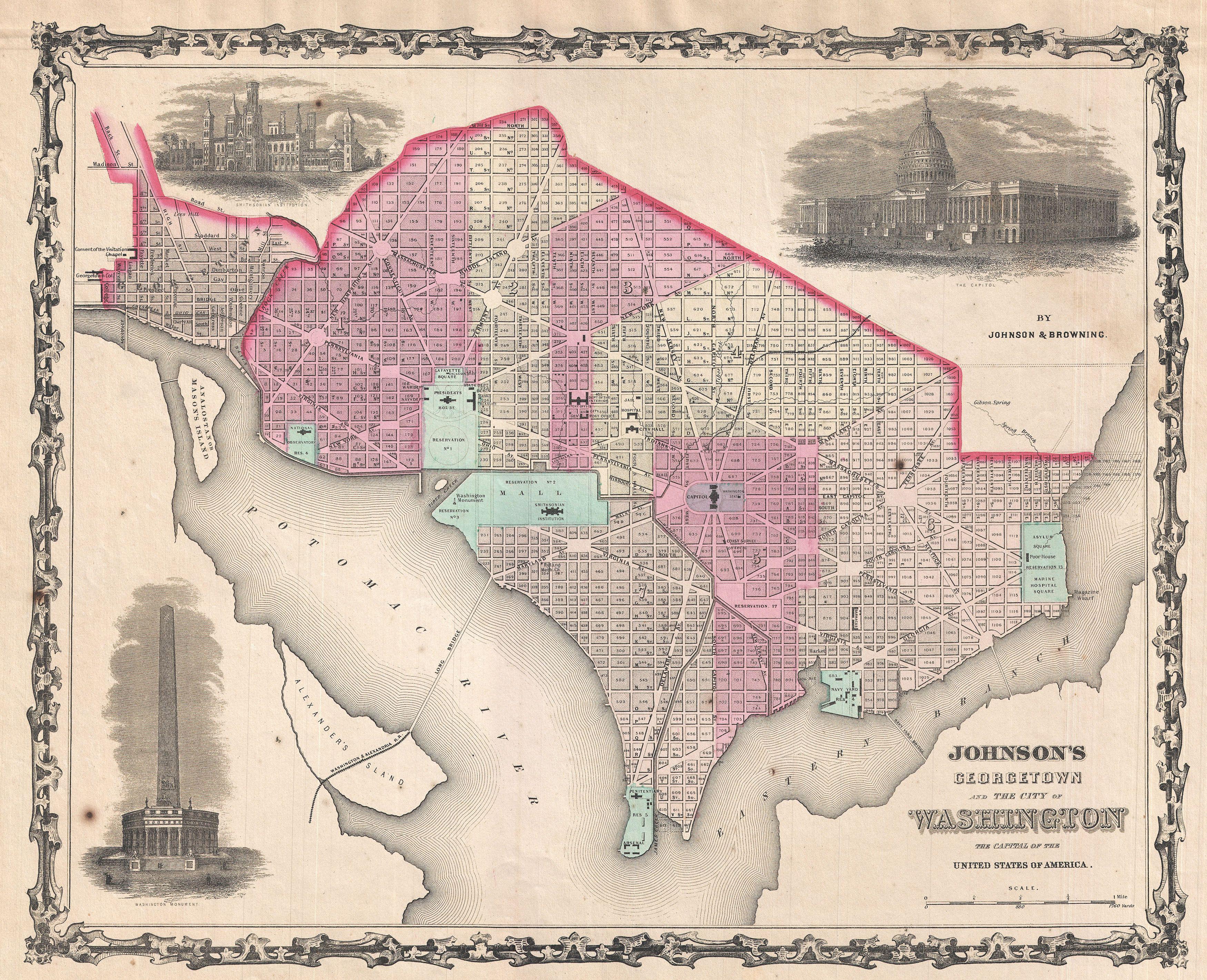Okay, so hear me out.
Keep in mind, these are not the grand plans for a Potomac canal system for goods-shipping that I'm talking about. These are not the vast, continent-carving canals people on this site have wet dreams about. This is in a much smaller scale. This is like Venice.
So, I was just browsing the web and reading some articles, and I came across something interesting. There was an article about the necessity for canals in New York City and Boston if global warming makes water levels reach too high. While that's an interesting discussion in and of itself, it got me thinking. The Hudson River, I presume, is what would make a canal system like that of Amsterdam or Venice possible in New York. Could the Potomac be the same? And, when Washington, D.C. was constructed, could a change in personalities (say, a more theatrical and grandiose President than Washington) lead to a D.C. connected by canals?
I know what you're thinking. What about the swamp? I thought that, too. Then I came across this. I found a Washington Post article that claimed that "only 2% of [Washington, D.C.] was classifiable as a swamp." It also claimed that the rest of the city was fertile, green, and empty, perfect for a new city.
So, how about it? Could Washington, D.C. have canal roads like Venice or Amsterdam? And, if it could, is it plausible, perhaps being a part of some Presidential glory project?
(And, yes, I'm asking this mostly for a certain timeline in my sig, but this is also a question that's been bugging me ever since I visited D.C. a few years back: how to make D.C. either even more touristy or more economically relevant. I'm surprised his particular solution hasn't been asked about before on this site.)
Keep in mind, these are not the grand plans for a Potomac canal system for goods-shipping that I'm talking about. These are not the vast, continent-carving canals people on this site have wet dreams about. This is in a much smaller scale. This is like Venice.
So, I was just browsing the web and reading some articles, and I came across something interesting. There was an article about the necessity for canals in New York City and Boston if global warming makes water levels reach too high. While that's an interesting discussion in and of itself, it got me thinking. The Hudson River, I presume, is what would make a canal system like that of Amsterdam or Venice possible in New York. Could the Potomac be the same? And, when Washington, D.C. was constructed, could a change in personalities (say, a more theatrical and grandiose President than Washington) lead to a D.C. connected by canals?
I know what you're thinking. What about the swamp? I thought that, too. Then I came across this. I found a Washington Post article that claimed that "only 2% of [Washington, D.C.] was classifiable as a swamp." It also claimed that the rest of the city was fertile, green, and empty, perfect for a new city.
So, how about it? Could Washington, D.C. have canal roads like Venice or Amsterdam? And, if it could, is it plausible, perhaps being a part of some Presidential glory project?
(And, yes, I'm asking this mostly for a certain timeline in my sig, but this is also a question that's been bugging me ever since I visited D.C. a few years back: how to make D.C. either even more touristy or more economically relevant. I'm surprised his particular solution hasn't been asked about before on this site.)
Last edited:

